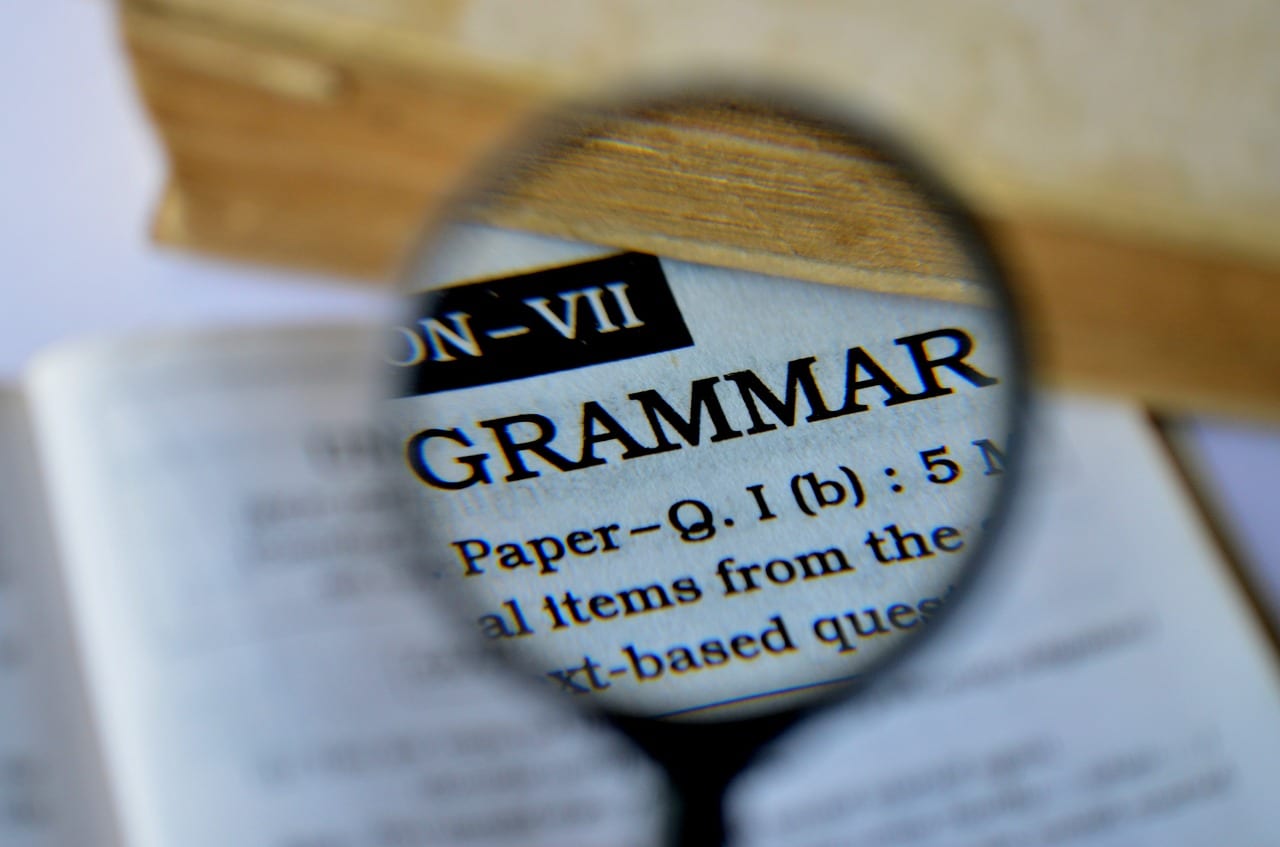Grammar review lessons are so important to help in the correction of fossilized errors and to clarify any misconceptions or confusion.
At lower levels, students are often taught grammar topics in isolation without much of a sense of how the grammar is used in relation to other language points.
One of the key lessons I learned as a new teacher was to take the grammar that students have previously learned and to teach them not only communicative but out of isolation.
One way to review grammar is to use sample sentences that the teacher hears them use regularly.
This way the language is being taught in the most communicative way and the language begins to come alive to the students.
They are also more likely to fix fossilized errors as they begin to notice the ones they commonly use as they are written down and analyzed.
–Get the best training in the World with the Advanced 250-hour TESOL Diploma!–
A Lesson on Reviewing Past Tenses Comparing Tense Structure and Function + Timeline Analysis Activity + Narrative Activity
#1. Review the tenses
To begin reviewing the tenses, start with the simplest and most commonly used tenses: simple past vs. past continuous.
Write two different sentences on the board, one in each tense. Instruct students to work in groups to identify the correct tense and to discuss and analyze how they are different from each other and in which context they would use them.
After a few minutes, open it up to the class to explain and fill in the gaps where necessary.
Continue this with past simple vs. present perfect, present perfect vs. present perfect continuous, past simple vs. past perfect, and past perfect vs. past perfect continuous.
Keep in mind that if you have more than a day or two to review, you can break up the sets of tenses you are comparing to give students time to integrate, absorb and conceptualize the information.
-Read: The Best TESOL Certificate Courses–
#2.Basic Practice
Once students have done some identification, error correction, analyzing and discussion, give them some basic practice such as sentences where they have to choose one tense over the other or correcting errors in sentences where the incorrect tense has been given and students have to try to identify the correct tense.
As much as you can, encourage group and partner work so they can discuss.
Often times, there are a few lower-level students who could benefit from being paired up with more advanced students.
#3. Create a Timeline Activity
Once students have completed more structured practice. Try creating a timeline activity for them to fill out in pairs inspired by something like this.
#4. create their own sentences and timelines.
The previous activity is a great build-up to having students look at sample sentences and identify how they would look on a timeline or to create their own sentences and timelines.
#5. Have students work in pairs or small groups to write a story.
It could be any theme, perhaps a travel story, a romance, a crime story, or a Science Fiction story.
It could even be as simple as their last holiday or their first day at language school.
#6. exploring grammar is key to any grammar lesson.
Writing out a list of example sentences and having students compare them, such as for ‘going to’ and ‘will’ and having them discuss their function is one of the best ways of encouraging students to explore the language as opposed to dictating it.
Read: Tips for Teaching English Immersion Courses in Canada
Other excellent tools include Google News and Images.
Use News by having students look up the grammar point in Google news as homework or do this as a class and show them how it functions in reality.
Google Images is excellent for amassing photos to create a slideshow wherein you elicit sentences using the target language from students based on what they see in the photos.
Keep in mind is that this may be the first time a teacher is exposing students to this kind of comparison of tenses when students are used to learning them in isolation.
Watch your pacing and leave room for questions and discussion.
Be ready with many kinds of examples for them to see how we use each tense differently in comparison to other ones.





